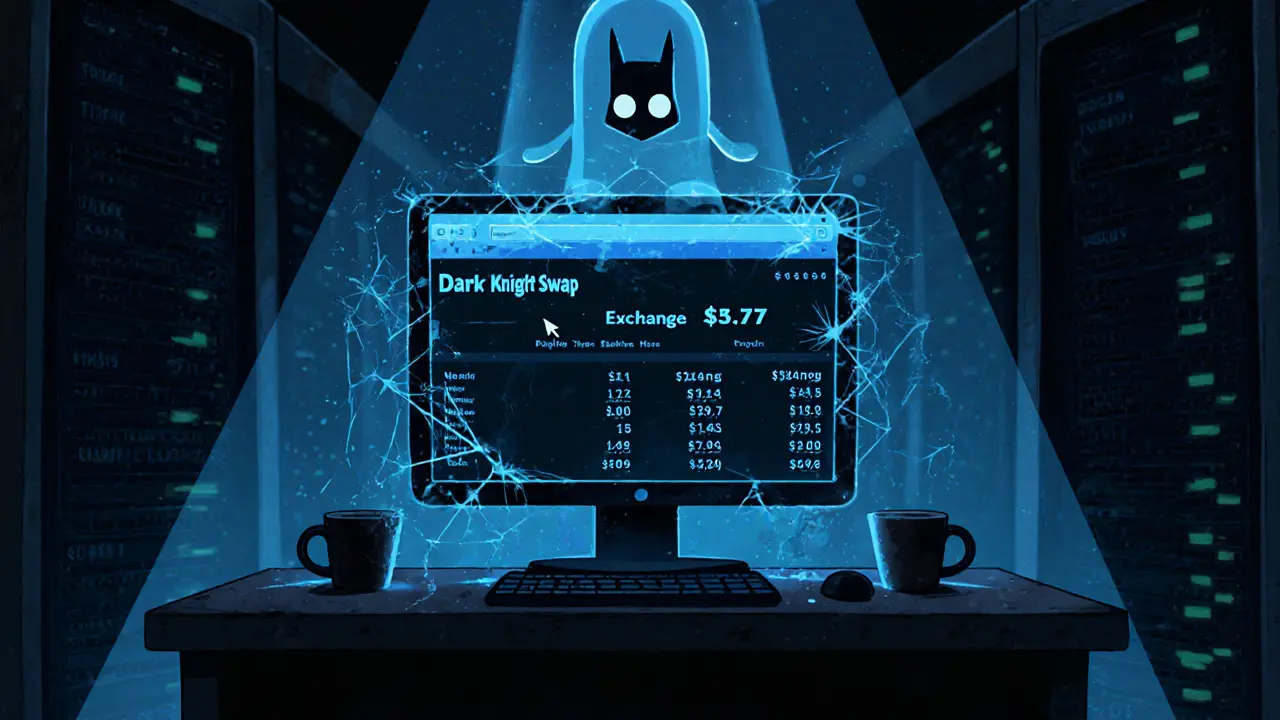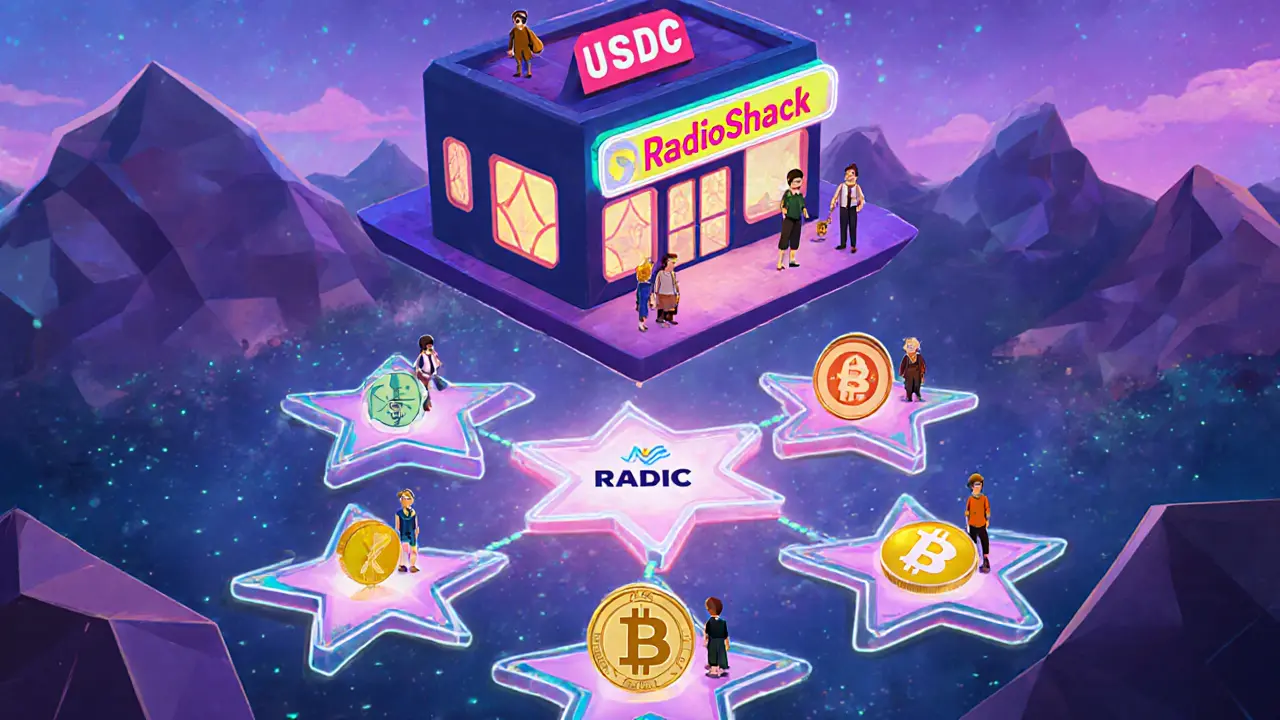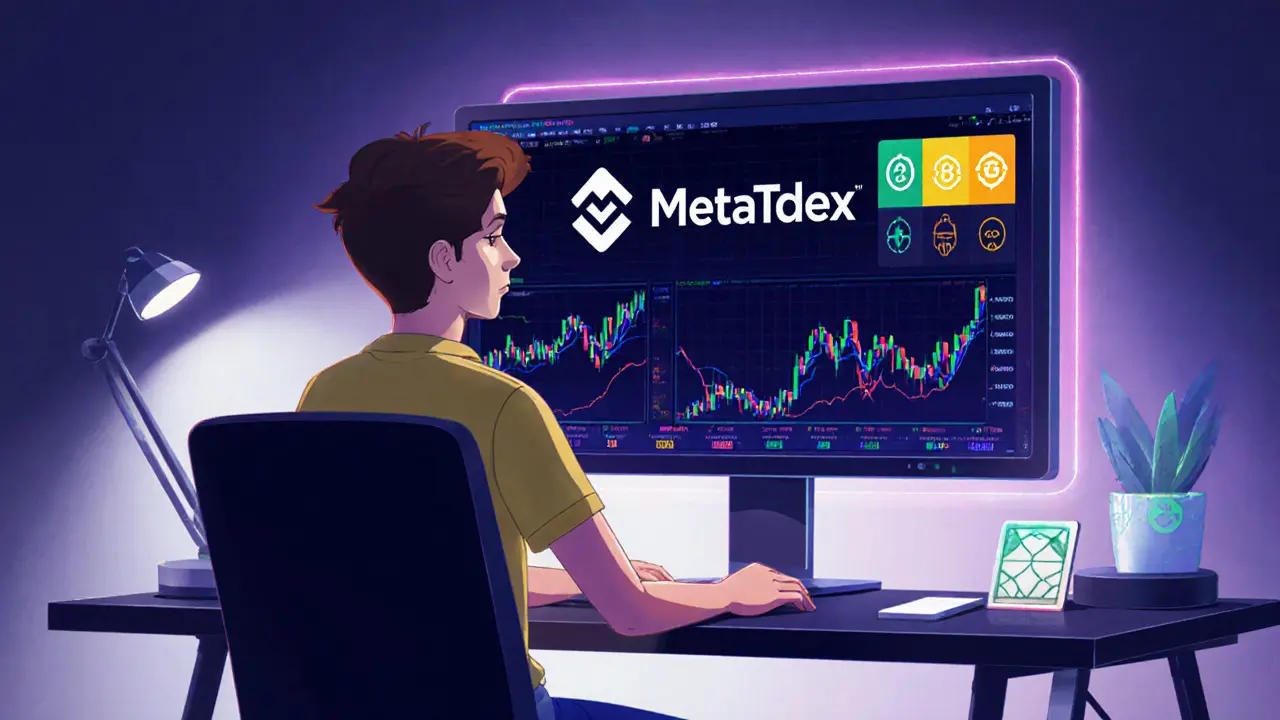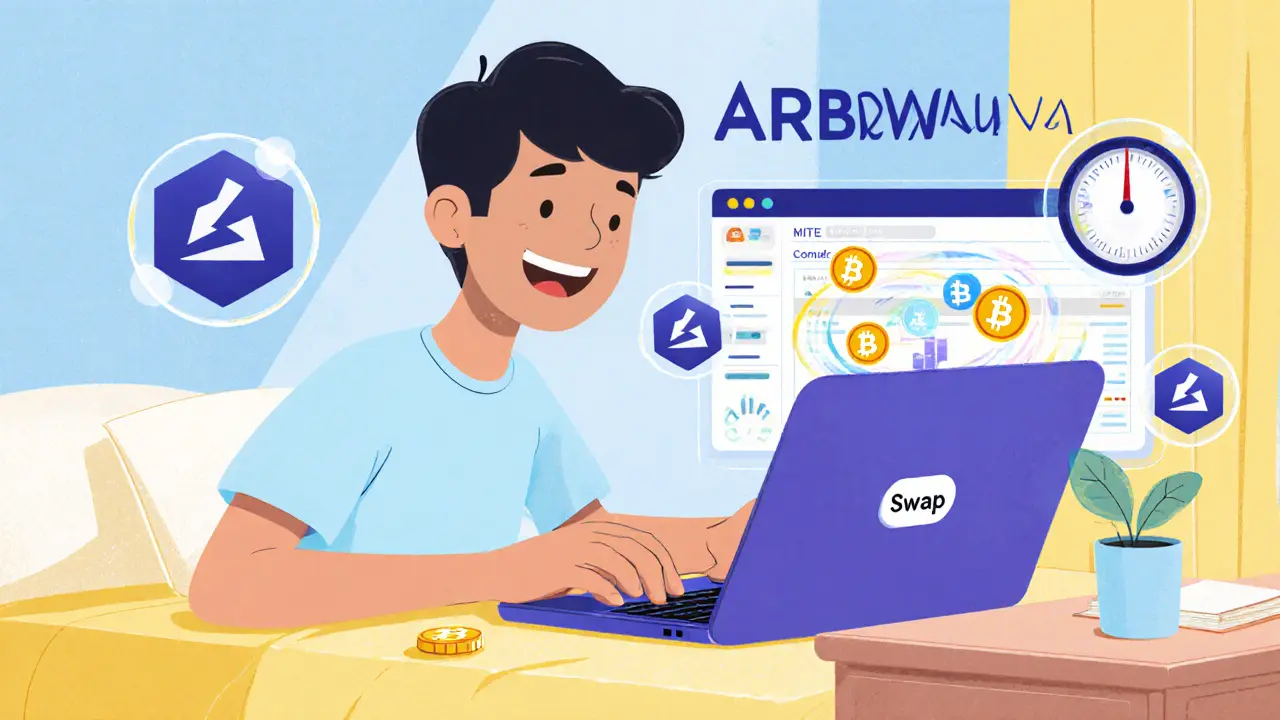SkullSwap is a Fantom-based DEX with zero liquidity, no audits, and almost no users. Despite bold claims, it's effectively dead in 2025. Skip it and use SpookySwap or Uniswap instead.
Decentralized Exchange: How DEXes Shape Crypto Trading
When working with Decentralized Exchange, a peer‑to‑peer platform that lets users trade crypto assets without a central authority. Also known as DEX, it removes custodial risk, gives traders full control of their wallets, and runs on blockchain code instead of a company’s servers, you instantly step into a system built on smart contracts. The first thing most users notice is the role of an Automated Market Maker, a smart‑contract algorithm that sets token prices based on the ratio of assets in a pool. This AMM model replaces traditional order books and lets anyone swap tokens instantly, as long as there’s enough liquidity. That liquidity lives in a Liquidity Pool, a collection of two (or more) crypto assets locked in a smart contract so users can trade against it. Liquidity providers deposit assets, earn a share of the transaction fees, and in return help keep the market fluid. Many DEX projects also issue a Governance Token, a native token that grants holders voting rights on protocol upgrades and fee structures. These tokens turn users into stakeholders, aligning incentives across the ecosystem.
Understanding the decentralized exchange landscape means recognizing how these pieces fit together. An AMM governs price discovery; liquidity pools provide the depth needed for smooth swaps; governance tokens let the community steer future development. Together they create a self‑sustaining marketplace where trust is coded, not promised. Because DEXes run on immutable smart contracts, security audits and code quality become critical. A poorly written contract can expose funds to hacks, while a well‑audited one offers peace of mind. Users also benefit from built‑in transparency: every trade, fee, and pool balance is viewable on‑chain, so you can verify the numbers yourself. This openness attracts innovators who build on top of DEX infrastructure—yield farms, lending platforms, and composable DeFi apps all rely on the same liquidity primitives.
Below you’ll find a curated set of articles that dive deeper into each of these topics. From security risks of exchange tokens to step‑by‑step guides on claiming airdrops, from tokenomics breakdowns of new projects to practical reviews of exchange platforms, the collection gives you both the big picture and the nitty‑gritty details you need to navigate the DEX world confidently. Ready to explore how DEXes work, what to watch out for, and which tools can give you an edge? Keep scrolling—you’ll discover actionable insights, real‑world examples, and the latest trends shaping decentralized trading today.

SkullSwap Crypto Exchange Review: Is This Fantom DEX Worth Using in 2025?

Dark Knight Swap Crypto Exchange Review: A High-Risk, Low-Liquidity Platform to Avoid
Dark Knight Swap is a crypto exchange with $36.77 daily volume, zero liquidity, and no security. Avoid it - it's not a legitimate platform, but a high-risk project with no users or future.

RadioShack (Polygon) Crypto Exchange Review: Is This New DEX Worth Your Time?
RadioShack Swap is a new Polygon-based DEX with a unique liquidity model, but low volume, thin liquidity, and conflicting data make it risky. Not recommended for serious traders.

Block DX Crypto Exchange Review: Is It Truly Decentralized in 2025?
Block DX is a fully decentralized crypto exchange that lets you trade without KYC or custodial wallets. Learn how it works, its pros and cons, and who it's really for in 2025.

SoulSwap Review: Is This Fantom DEX Worth Trading?
A detailed SoulSwap review covering fees, liquidity, security, user experience, and how it stacks up against other Fantom and major DEXs.

MetaTdex Review: In‑Depth Look at the Multi‑Chain DEX
A thorough review of MetaTdex, covering its multi‑chain support, security, fees, liquidity, user experience, and how it stacks up against top DEXs.

Uniswap v2 on Arbitrum: Detailed Crypto Exchange Review 2025
In-depth review of Uniswap v2 on Arbitrum covering fees, liquidity, security, how to trade, and a v2 vs v3 comparison for 2025.

Oasis Exchange Crypto Review: Why the DEX Shut Down
A detailed review of Oasis Exchange, covering its launch, technical setup, rapid decline, comparison with active DEXs, and lessons for traders.




